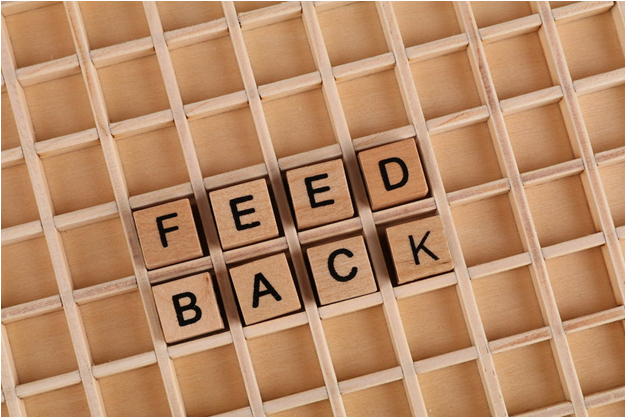In the ever-changing landscape of design, effective teamwork and clear communication with clients are the building blocks of a project’s success. However, bouncing ideas off each other isn’t just a process, it’s the spirit that drives creativity and innovation forward. And with design teams working from all corners of the globe, having efficient feedback tools that connect team members and clients effortlessly, regardless of where they are, is vital for keeping design projects on track.
This is where design feedback tools come into play, helping to provide design teams and clients with lively exchanges of perspectives and insights. These tools come in all shapes and sizes, each designed to streamline communication, collaboration, and iterative refinement. With features such as annotation capabilities or an easy-to-use interface, these tools can make the design feedback process more effective and highly actionable.
Let’s take a look at the six key features of design feedback tools, helping your team improve its workflow and nail project outcomes.
Pinpoint Feedback with Annotation Capabilities
Regarding design feedback tools, one feature you should not overlook is solid annotation capabilities. This should enable your team to highlight specific elements, drop in comments, and provide feedback on the design itself.
This means that feedback is accurate, actionable, and directly connected to the visual elements being discussed. Keep an eye out for platforms offering easy-to-use annotation interfaces and those supporting a range of file formats to handle various design assets.
Collaboration Features for Easy Team Interaction
Successful design projects thrive on effective collaboration. So, when you’re sizing up feedback tools, give extra points to those that encourage smooth team interaction. Features like real-time collaboration, threaded discussions, and user mentions can boost communication, making it a breeze for team members to share ideas and refine designs.
A platform that supports both real-time and time-shifted collaboration ensures that feedback can be given and dealt with efficiently, no matter where team members are or what time zone they’re in.
Client Involvement and Satisfaction
Design feedback tools play a crucial role in ensuring seamless client interaction throughout the design process. These tools are specifically designed to facilitate communication, collaboration, and feedback exchange between designers and clients.
By providing clients with a user-friendly platform to engage in the design process, these tools increase client involvement. Clients feel more connected to the project, leading to higher satisfaction levels and a better overall client-designer relationship.
Software Integration: A Seamless Workflow
To streamline workflows, it’s important to consider design feedback tools that integrate seamlessly with popular design software. This allows designers to sync their work directly with the feedback platform, eliminating the need for daily manual uploads and downloads.
Keep a lookout for tools that support integrations with industry-standard design software, like Adobe Creative Cloud, Sketch, Figma, or others your team might be using. This ensures a smooth ride between the design software and the feedback platform, boosting overall efficiency.
Easy-To-Use Interface for Better Adoption
The success of design feedback tools hinges on how widely they’re adopted within the team. Choose platforms with intuitive and user-friendly interfaces that don’t require a PhD to understand.
A tool that’s easy to understand encourages everyone on the team to get involved, including non-designers who might have something to add. Go for platforms that make onboarding a cinch and provide ample support to ensure the team can quickly and confidently weave the tool into their workflow.
Customization Options for Your Unique Workflow
Every design team is unique, with its own workflows and project requirements. So, it’s important to pick a feedback tool that lets you customize it to your liking.
Whether it’s tailoring feedback forms, setting up bespoke review processes, or defining user roles, the ability to shape the platform to fit your team’s needs enhances its effectiveness. A flexible tool adapts to your workflow, ensuring that feedback processes are smoothly integrated into your existing design practices.
In Conclusion
In the world of design, your choice of feedback tools can make or break collaboration, communication, and ultimately, the success of a project. By focusing on key features like annotation capabilities, collaboration tools, integration with design software, user-friendly interfaces, and customization options, design teams can pinpoint platforms that match their unique needs.
As the design landscape continues to evolve, the right feedback tools remain a strategic move shaping collaborative design projects’ efficiency and creativity. So, choose wisely and equip your team with the tools that best support your collective vision and goals.


